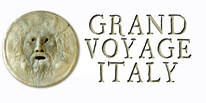|
Known as Quarrelsome, or the 40th day, in Italian, Lent is the word Catholics use to describe the fast before Easter. Of course, one of the more well-known traditions during Lent are Meatless Fridays, on which Catholics refrain from eating meat. This Lenten fasting really begins on Ash Wednesday (Mercoledì delle Ceneri) and every Friday until Easter arrives. Ash Wednesday takes place 46 days before Easter Sunday, and is chiefly observed by Catholics, although many other Christians observe it too. Ash Wednesday is the day after Mardi Gras (Fat Tuesday or Martedì Grasso in Italian), the last day to party--essentially the end of the Carnivale season in Italy. Ash Wednesday comes from the ancient Jewish tradition of penance and fasting. The practice includes the wearing of ashes on the head. The ashes symbolize the dust from which God made us. As the priest applies the ashes to a person's forehead, he speaks the words: "Remember that you are dust, and to dust you shall return.  Even though Italy is a strictly Catholic country--where most Catholic holidays are also National holidays--self-denial during Lent it is no longer a strict requirement but a matter of personal principle. In modern times, fasting during Lent in practice doesn't mean starving oneself, but professing a Lenten Promise, such as giving up foods that are seen as excesses... typically, dolce and chocolate. But giving up meat on Ash Wednesday and Fridays during Lent is still a popular notion, with fish becoming the main protein during this period. Fire has always been a mystical entity to Man. Even today, scientists have a difficult time explaining what fire is, while people around the planet stare into the flames and see things that dreams are made of. The glowing, dancing orange tongues of flame are hypnotizing. No wonder flames have found there way into ritual and traditions throughout the world, from modest candles to raging bonfires... In the Unites States, bonfires might be lit during homecoming for a local sports team, or in New England for the Fourth of July, or perhaps along the levees of the Mississippi in southern Louisiana to light the way of Papa Noel's return at Christmas. But in Italy, although often related to a particular saint's day, bonfires have more pagan roots and meanings. Some are burned in early January to signify the end of one year and the beginning of another, while others are burnt during Mardi Gras (for Carnevale season) or during lent. In Italy the ritual of flames are evident in the many Bonfire Festivals, or Festa dei Falò. "Semel in anno licet insanire."--Ancient Roman Saying "Madness is permissible once a year." 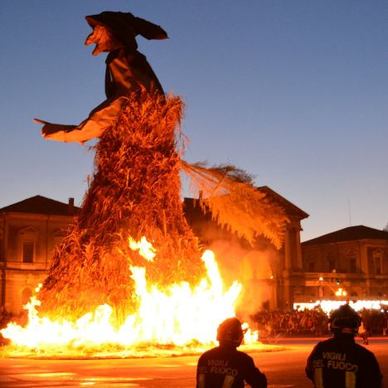 Padova, January 6th to celebrate Befana Padova, January 6th to celebrate Befana In Northeast Italy, the celebrations of Panevin (in English "bread and wine"), Foghera or Pignarul are held on the evening of Epiphany's eve (5 January). A straw witch dressed with old clothes symbolizing the past year, is placed on a bonfire and burned to ashes. The direction of the smoke indicates whether the new year is going to be good or bad. In Northen Italy, La Vecchia ("the old woman") is a huge wicker-woman effigy built of wood and vines and burned once a year as part of town festivals. As depicted in the film Amarcord by Federico Fellini, it has a more pagan-Christian connotation and is burned on Mid-Lent Thursday. In Abbadia San Salvatore, a village in the south of Tuscany, bonfires called Fiaccole up to seven meters high are burned during Christmas Eve to warm up people around them waiting for the midnight. In Southern Italy, traditionally bonfires are lit on the nights of the 16th and 17th of January, thought to be the darkest and longest night of the year. The celebration is also linked to the cult of Saint Anthony The Great. In Tuscany, there are many fire festivals during the winter months with ancient origins. These sagre and their fires are meant to draw attention from the “Sun God”, to conjure up its presence--and warmth--during the dark, cold months. As Christianity grew in ancient times, the pagan rituals were converted to celebrate various saints or holidays of the Catholic religion. In the town of Fano, Marches, from early February to Mardi Gras, they hold the Carnivale di Fano, one of the oldest--and sweetest--carnivals in Italy. During the festivities you can watch and take part in battle fought with chocolates and candy! Hundreds of pounds of sweets, caramels and chocolates are showered from parade floats onto the crowds of spectators, who then thrown them back or at each other. At the end of the month-long festival, there is the Rogo del Pupo, the Bonfire of the Baby Doll, a huge paper mache doll (a different one is designed and built each year). Flaming Festivals in Tuscany
Enjoy the heat of the flames! --Jerry Finzi With a commanding view of the Amalfi Coastline, the Auditorium Oscar Niemeyer in Ravello is balanced on its perch at a height of 1200 feet above the sea below. Before it was built, the "City of Music" (as Ravello is called) featured several beautiful outdoor venues--but none with more than a hundred seat capacity. Villa Rufolo, Villa Cimbrone, Piazza Duomo and Piazza San Giovanni del Toro all offered concerts, dance performances and plays. But Ravello desired a new, dynamic structure, allowing it to extend the concert series all year round to a greater number of fans and admirers. 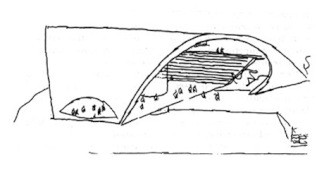 The project was assigned to the famous Brazilian architect Oscar Niemeyer who delivered his plans on September 23rd 2000, after only seventy days of work. From the outset the architect found himself in front of problems related to natural unevenness of the terrain: "... the uneven ground, narrow with a very strong transverse orientation. Hence the initiative to build a model." ... " I did not think an expensive operation involving an unnatural development of the land was necessary, so I took as a starting point the exact inclination of the parterre and the project started to take its present shape". Niemeyer died at 105 years old in 2011, one year before construction was completed. 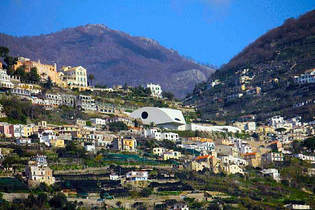 The architecture of Ravello has Roman and Medieval roots and is strongly characterized by architectural elements typical of such periods, such as vaulted ceilings, terraces, columns, classical statuary, arches, and formal gardens. One would think that the first obstacle to overcome was just to design a structure that was not in conflict with the architectural identity of Ravello and the Amalfi Coast. In reality, the Auditorium is an assault against the traditional lines of architecture. It is a cornerstone in aesthetic and cultural modernization of the countryside, jumping out of the surrounding environment with its curved lines and the blinding white color. The shape of the one side of the structure reminds one of the eyes painted on the prows of fishing vessels harking back to the time of the Greeks. Others might think the building looks like a large bird about to fly from its nest to soar the coastline below, or its shape like the wing of an obese jetliner. 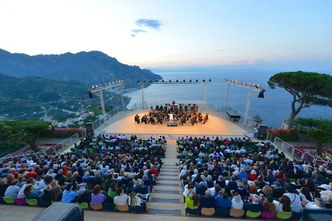 A competitor's view: A concert at Villa Rufalo A competitor's view: A concert at Villa Rufalo The Auditorium is accessed by an oblong square, which allows its visitors to enjoy, at the same time, the amazing landscape and view of the sea. From a vantage-point from above the large glass entrance, one can see the mountains' reflection. The main concert hall defies the natural slope of the land... the orchestra stand and the foyer are projecting over the cliff without a visible support. "It's not the perfect angle that attracts me, and not even the straight, hard, inflexible man-made one. What really attracts me is the free and sensual curve. The curve that represents the meeting of the mountains of my homeland, the figure of a beautiful woman, the clouds of the sky and the waves of the sea. The same curves which create the Universe. The curved Universe of Einstein. " (Oscar Niemeyer) 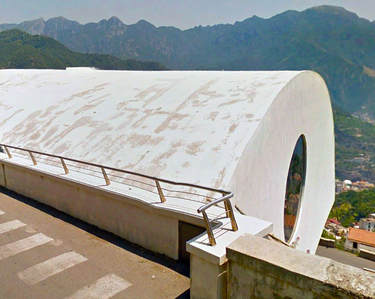 Really? This roof is only 5 years old Really? This roof is only 5 years old There has been--and still is--controversy about the design and placement of the Auditorium. For one thing, the architecture sticks out of the landscape and surrounding architecture like a sort, bright white thumb. Some complain that Neimeyer didn't design the structure to take full advantage of the amazing panoramic views of the coastline below, leaving only the large windows the the left of the audience, a rather low and narrow "eye" window situated right behind the performers, and a round window too high for anyone to see much of a view. The room--acoustically speaking--is a very difficult one, in terms of producing the best sound for the audience's pleasure. Some experts claim it is flawed, while audiences suggest the opposite. First of all, it's not symmetrical... the floor on the right side extends further from the audience than the left side. The sound is no distributes equally to all seats (the center seats are louder than the ones along the side). Another issue with its design is parking. Although it contains a lower level parking garage, there are only 107 parking spaces, some argue not enough for the 400 seat auditorium. There are also problems with the daily running of the venue... cafes being closed for no reason, people still entering the auditorium 20 minutes after a concert has started, etc. There are also some signs on the smooth, curved surface of the roof having many patches in it... surprising for such a young structure. One wonders if the building will last for a millennia as others have along the Amalfi Coast. And if you visit the Auditorium during the months when there are no concerts scheduled, you can still see a feature film there. Bigfoot Junior is showing this week. --Jerry Finzi |
On AMAZON:
|




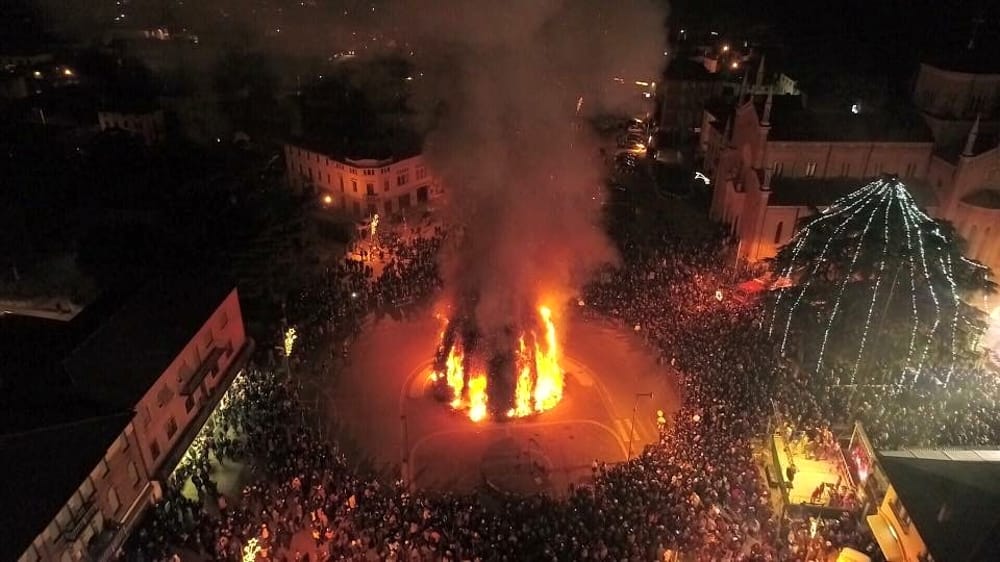
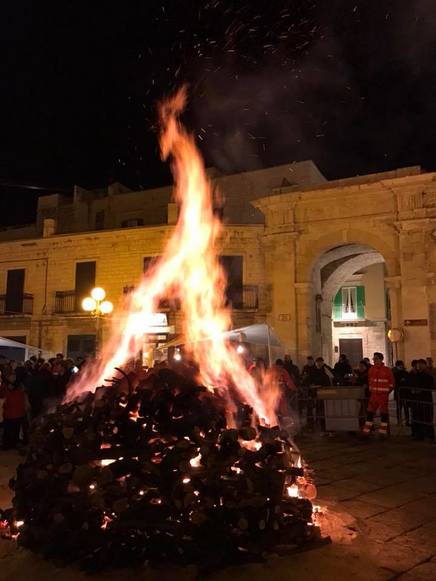
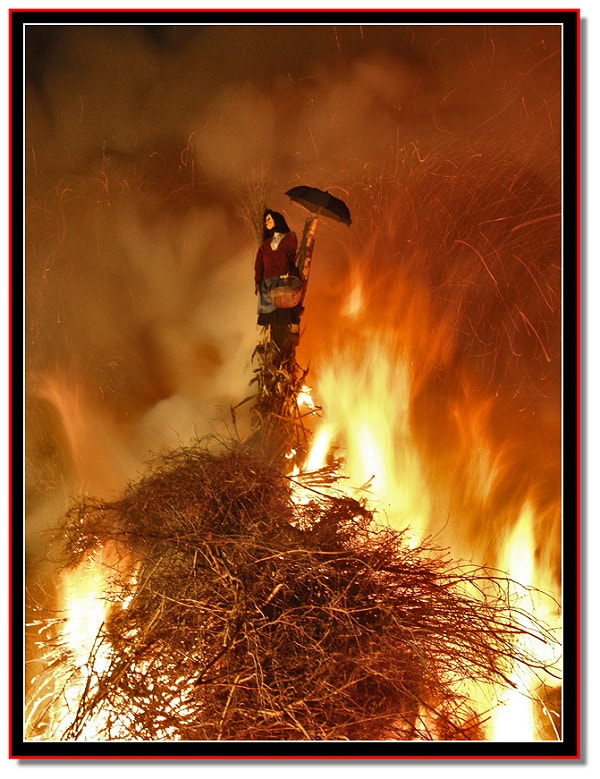
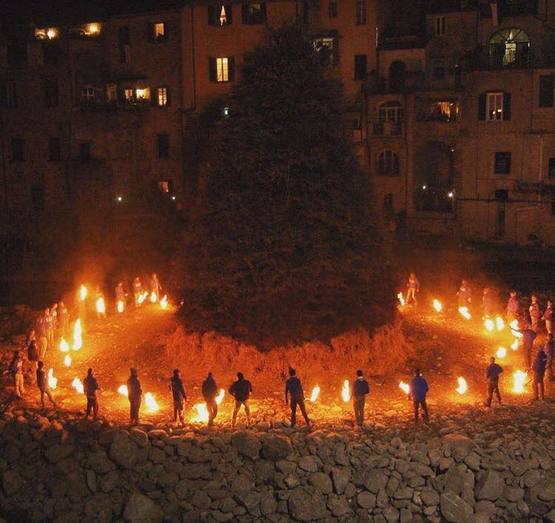
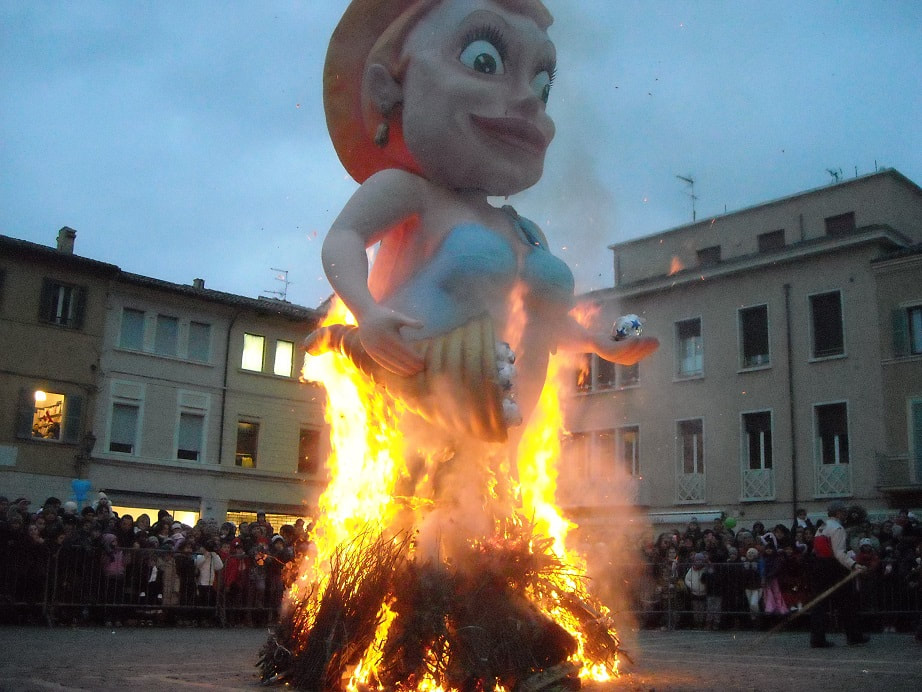
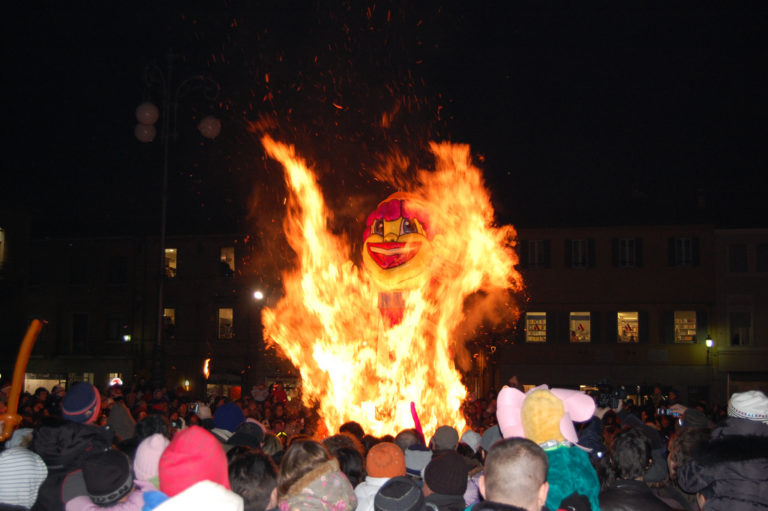
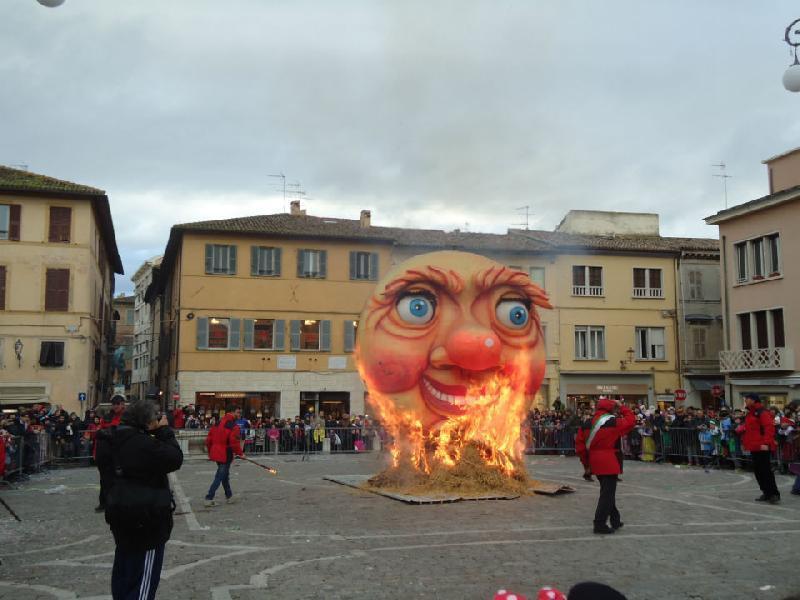
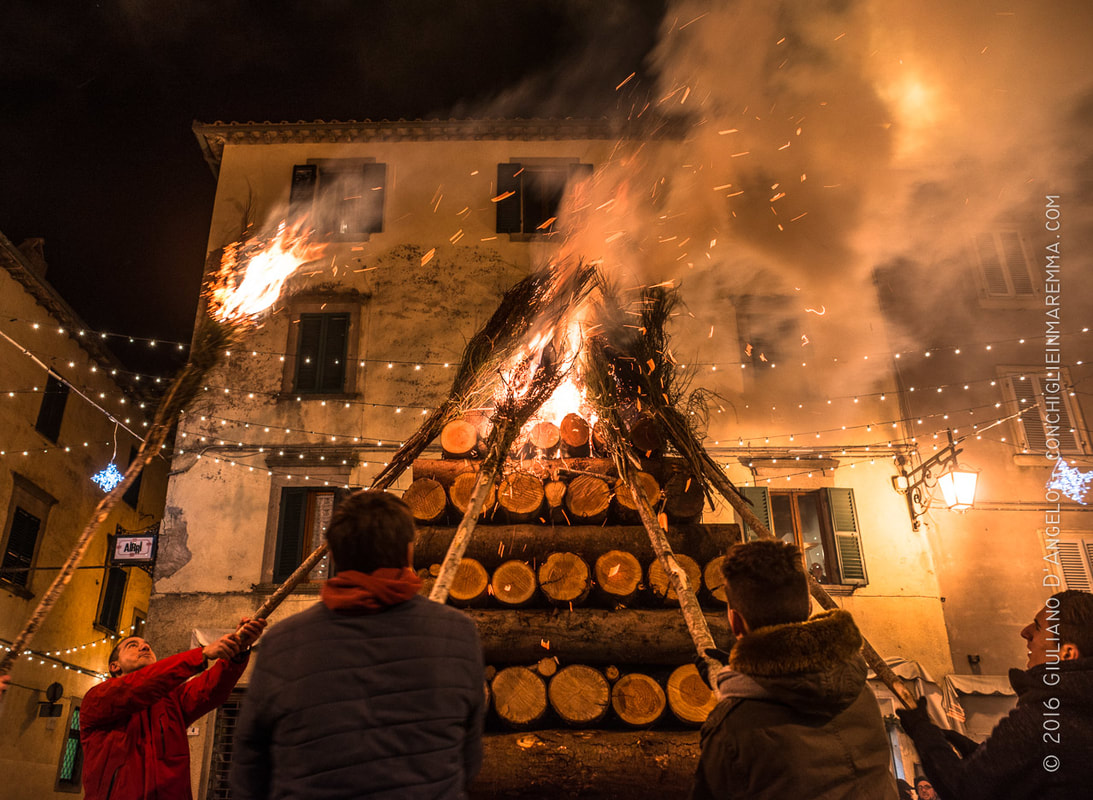
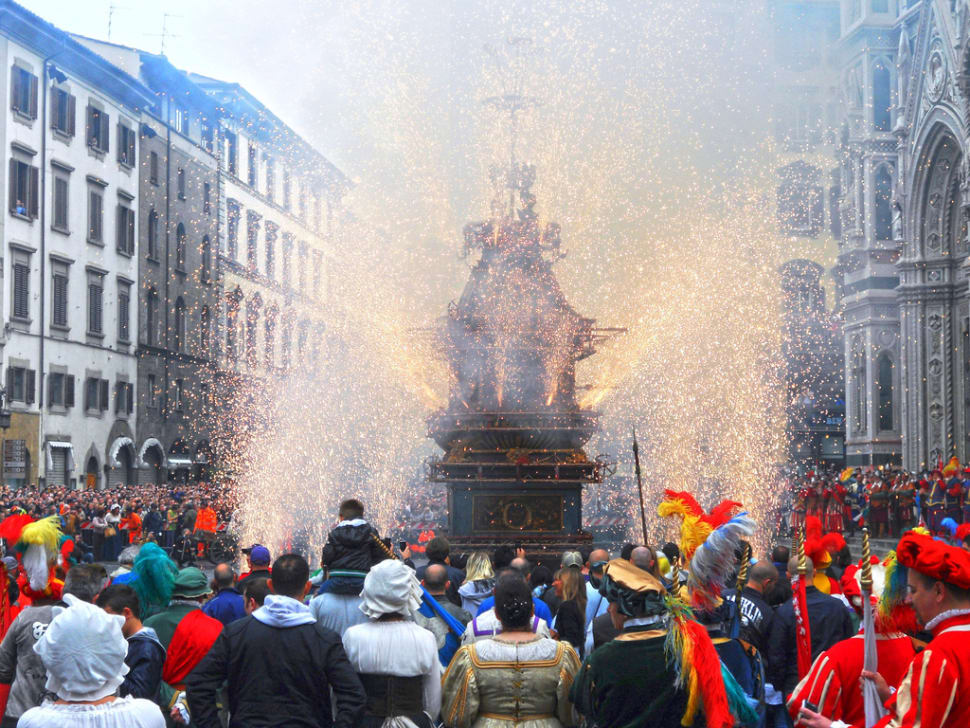
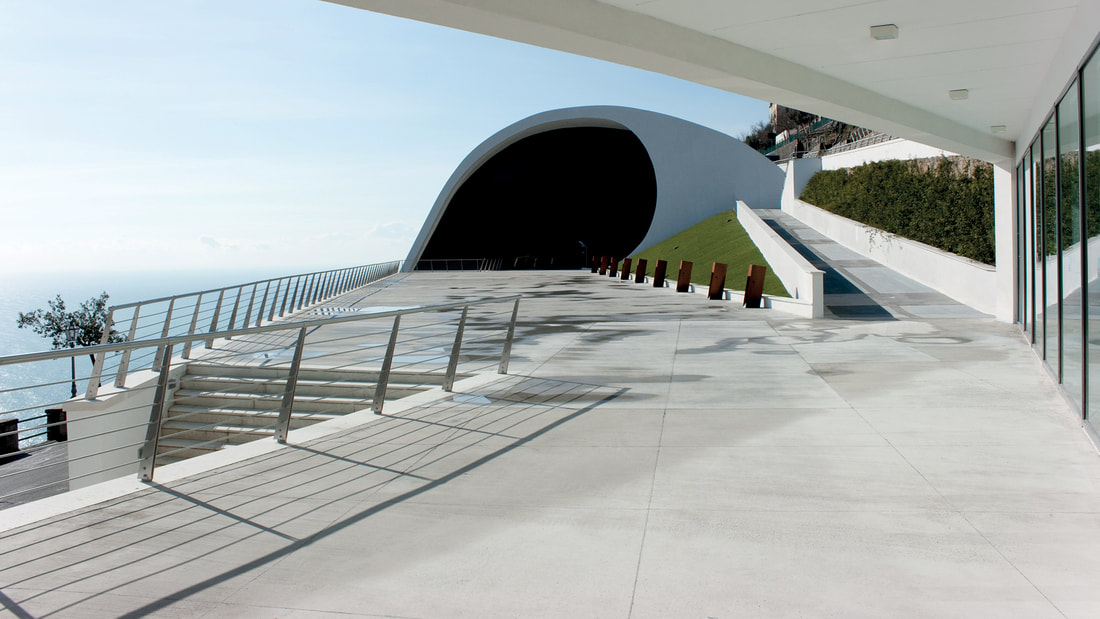
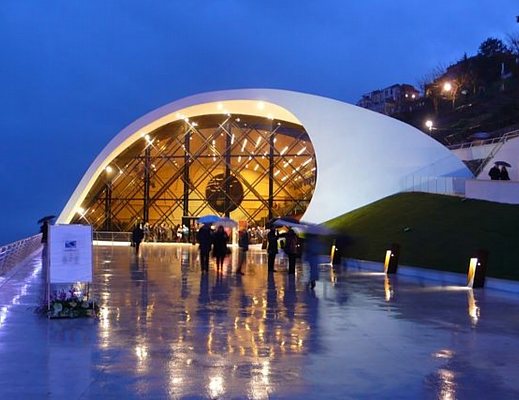
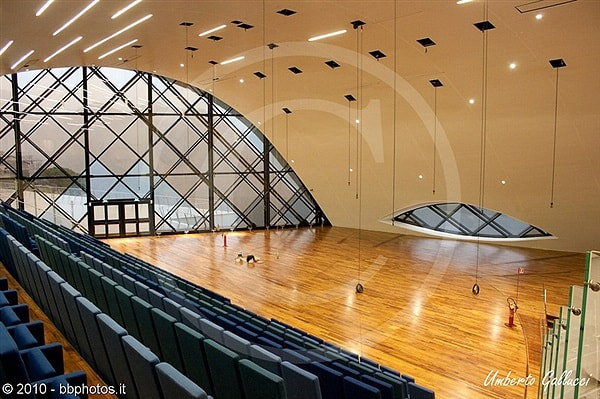
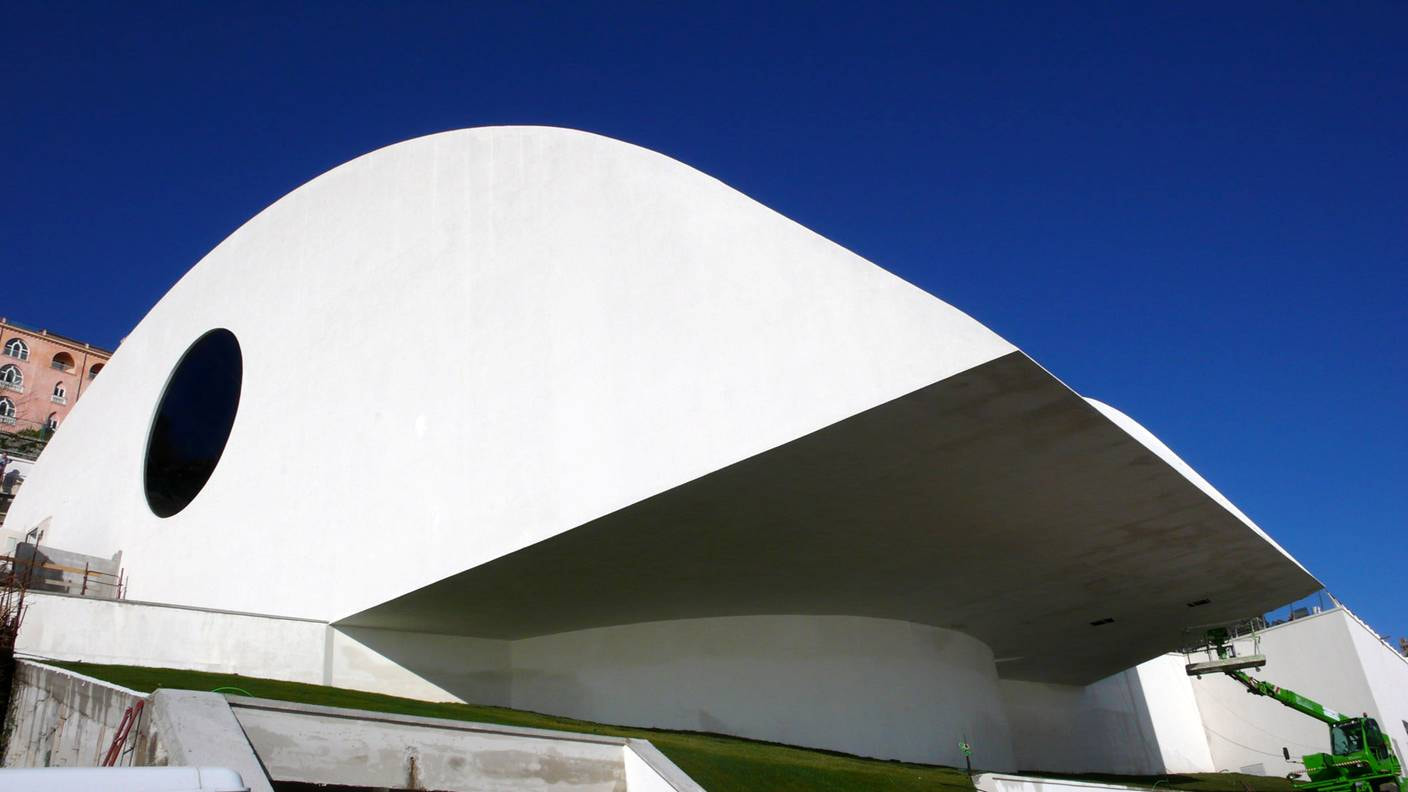
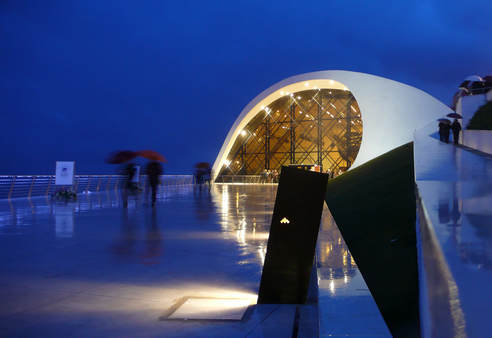
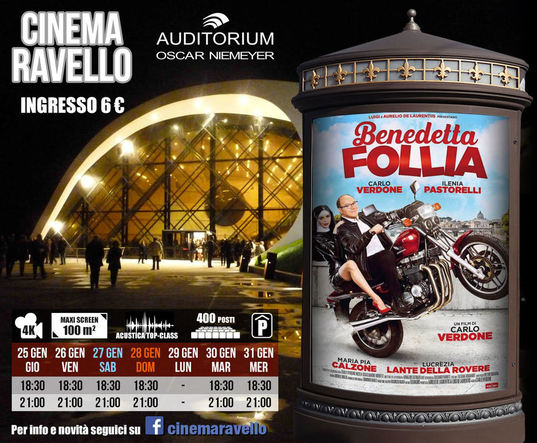

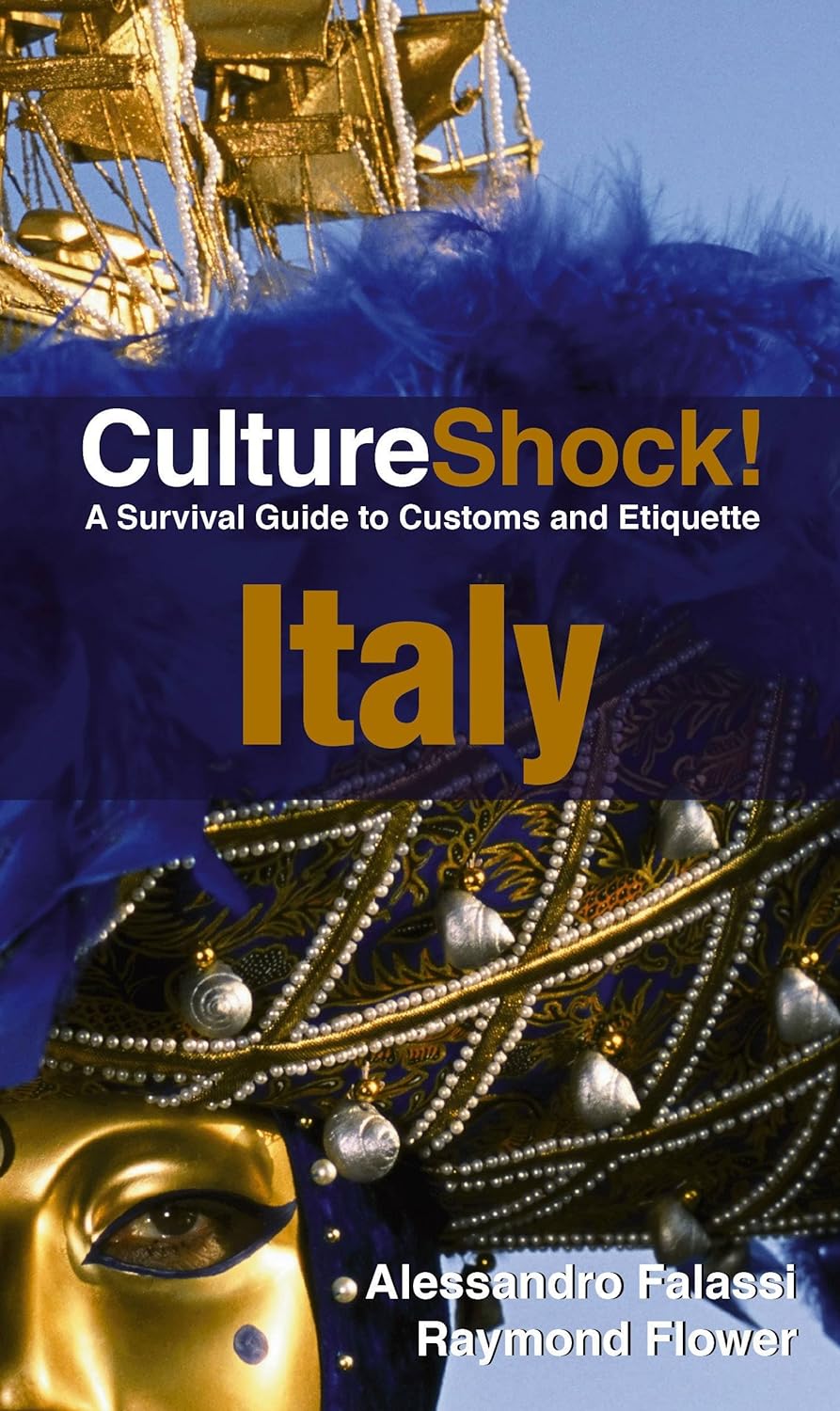
 RSS Feed
RSS Feed

